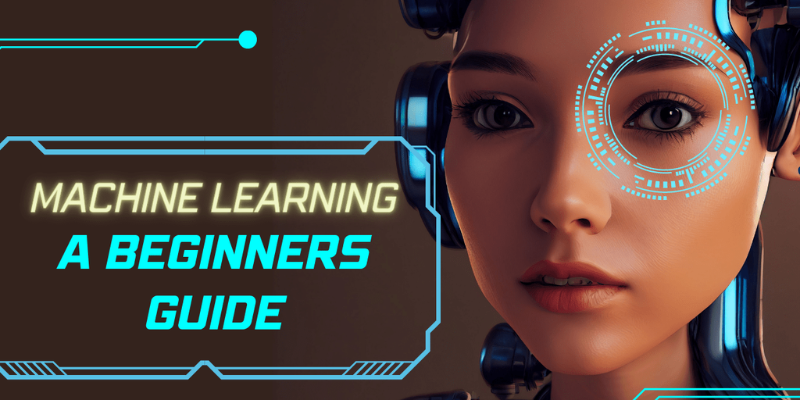A guide for beginners about Machine Learning?
Machine learning is a captivating and rapidly evolving field which has the potential to revolutionize various aspects of our lives, including the way we work. It deals with studying algorithms and statistical models, which enable computer systems to perform specific tasks without being explicitly programmed. This means that computers can learn from experience without requiring explicit instructions.
If you are a beginner in machine learning and looking for resources to learn more, you may consider taking an Artificial Intelligence Course in Chennai at FITA Academy. This blog will cover the basics of machine learning for beginners, including what it is, how it works, and its applications.
What is Machine Learning?
Machine learning is a specific field of artificial intelligence that aims to create algorithms capable of learning from data and making predictions. It works by teaching computers to learn and improve from experience without being directly programmed. These algorithms are designed to detect patterns in data and use them to make decisions or forecasts.
Types of Machine Learning
The three primary categories of machine learning are reinforcement learning, unsupervised learning, and supervised learning.
Supervised learning is when the machine is trained on a labelled dataset. The machine is given input data and the correct output and learns to map the input to the correct output.
Unsupervised learning is when the machine is trained on an unlabeled dataset. The machine is given input data without any labels and learns to find patterns or groupings in the data.
Reinforcement learning is when the machine is trained to make decisions based on feedback from the environment. The machine is given a goal and learns to take actions that maximize the reward it receives.
How Machine Learning Works
Machine learning algorithms find patterns in data and use those patterns to make predictions or decisions. Training a machine learning algorithm involves feeding it data and allowing it to adjust its internal parameters until it can accurately predict or classify new data.
The first step in training a machine learning algorithm is to collect and clean the data. The data must be in a structured format that the algorithm can understand. Once the data is cleaned and formatted, it is split into training and testing sets.
The testing set is used to assess the algorithm’s performance, while the training set is used to train the algorithm. The algorithm is trained by adjusting its internal parameters until it can accurately predict or classify new data. Enrolling in the Artificial Intelligence Online Course can provide a comprehensive understanding and practical insights into these concepts.
Applications of Machine Learning
Machine learning offers a wide range of applications across sectors. Here are some examples of machine learning applications:
– Fraud detection: Machine learning algorithms can detect fraudulent transactions and prevent financial loss.
– Image recognition: Machine learning algorithms can identify objects in images and sound in medicine, security, and self-driving cars.
– Natural language processing: Machine learning algorithms can be used to understand and interpret human language, helpful in customer service and chatbots.
– Recommendation systems: Machine learning algorithms can recommend products or services to users based on their previous behaviour or preferences.
Machine learning is an exciting field that has the potential to revolutionize our lives and work. It encompasses the study of algorithms and statistical models that allow computer systems to perform specific tasks without being explicitly programmed. Machine learning algorithms enable computers to identify patterns in data, which can be used to make predictions or decisions. Machine learning has several applications in a variety of sectors, including fraud detection, image recognition, natural language processing, and recommendation systems. Join the Training Institute in Chennai to gain a comprehensive understanding of machine learning concepts.
Also Read: Artificial Intelligence Interview Questions and Answers
